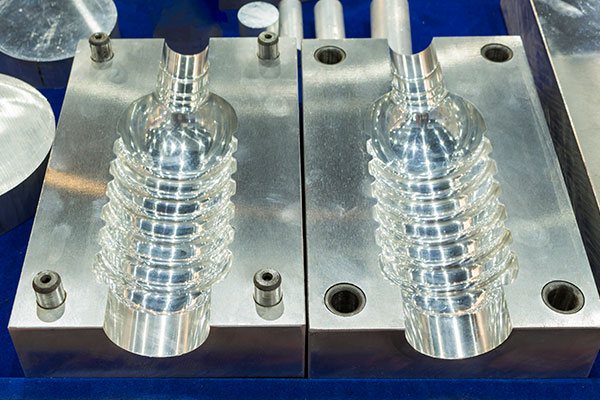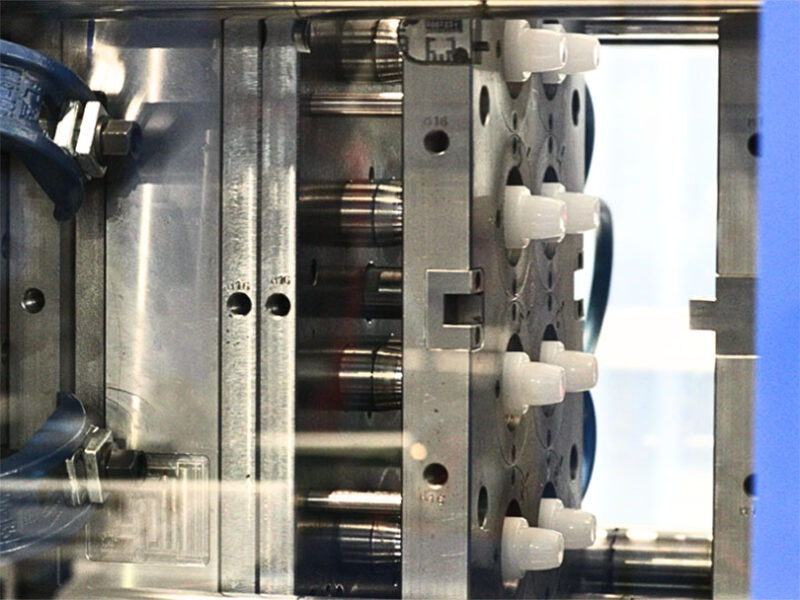The Impact of Plastic Injection Molding on Reducing Production Prices and Waste
The Impact of Plastic Injection Molding on Reducing Production Prices and Waste
Blog Article
Comprehending the Basics of Plastic Injection Molding Procedures
Plastic shot molding serves as a cornerstone of modern production, supplying a systematic technique to creating complex components with accuracy. Checking out these vital aspects could reveal just how even minor adjustments can lead to significant renovations in production outcomes, elevating concerns about the capacity for innovation in this established procedure.
What Is Plastic Injection Molding?
Plastic shot molding is a commonly made use of manufacturing procedure that transforms polycarbonate and thermosetting products right into accurate and intricate shapes. This method is preferred for its capacity to produce high volumes of similar get rid of extraordinary accuracy, making it an indispensable technique in numerous industries, consisting of auto, consumer items, and clinical devices.
The procedure entails melting the selected plastic product and infusing it right into a mold under high pressure. The mold, made to the specifications of the preferred component, permits the liquified plastic to take shape as it strengthens and cools down. Once the material has solidified, the mold and mildew is opened up, and the ended up part is ejected.
Plastic injection molding provides a number of advantages, consisting of minimized waste, uniformity in manufacturing, and the capability to incorporate complex styles that might be testing with various other making approaches. In addition, it sustains a wide variety of products, each giving unique buildings that can be customized for details applications. As sectors continue to innovate, plastic shot molding stays at the center, enabling the advancement of advanced products that meet evolving consumer demands.
The Injection Molding Process
The shot molding procedure is an advanced method that includes several key stages to produce top quality plastic elements. Initially, plastic pellets are fed into a warmed barrel where they are merged a viscous fluid. This molten plastic is then infused under high pressure into a precision-engineered mold and mildew, which forms the material right into the wanted type.
Once the mold is loaded, the plastic is enabled to strengthen and cool, taking the form of the mold cavity. Air conditioning time is important, as it affects the cycle time and the last buildings of the molded part. After adequate cooling, the mold and mildew opens, and the ended up element is expelled using ejector pins.

Products Utilized in Shot Molding
Various materials can be utilized in the shot molding procedure, each offering one-of-a-kind properties that cater to specific applications. One of the most typically utilized products include thermoplastics, thermosetting plastics, and elastomers.

Thermosetting plastics, like epoxy and phenolic resins, undertake a chemical modification during the healing process, leading to an inflexible, inflexible framework. These products read review are optimal for applications calling for high heat resistance and architectural honesty, typically made use of in auto parts and electrical insulators.
Elastomers, including silicone and rubber-based products, give flexibility and durability. Their one-of-a-kind homes make them ideal for applications that require flexibility, such as seals and gaskets.
Additionally, specialty materials like bio-based plastics and compounds are getting grip for their environmental advantages and enhanced performance qualities, expanding the extent of shot molding applications in numerous sectors. Recognizing the residential or commercial properties of these materials is vital for picking the appropriate type for particular projects.
Advantages of Injection Molding
Injection molding stands out as a highly efficient production procedure that supplies many benefits for generating intricate components with accuracy. Among the most significant benefits is the ability to develop detailed layouts that would certainly be difficult or impossible to attain with various other approaches (Plastic Injection Molding). The procedure enables thorough functions and tight tolerances, making certain high-grade parts
Furthermore, shot molding is understood for its fast production capacities, making it a suitable option for high-volume manufacturing. As soon as the mold is created, components can be produced promptly, minimizing lead times and raising overall performance. This effectiveness not only decreases production prices however also supplies a competitive side on the market.
The versatility of products used in injection molding better improves its allure. A large range of thermoplastics and thermosetting polymers can be utilized, permitting makers to pick products that best satisfy their particular needs, including toughness, heat, and versatility resistance.
Moreover, the process decreases waste, as excess product can typically be reused and recycled. This sustainability aspect contributes to a lowered environmental impact, making injection molding an accountable production choice. In general, the benefits of shot molding make it a recommended method for numerous markets.
Aspects Influencing Item Quality
While sites various aspects can affect item top quality in shot molding, understanding these elements is important for accomplishing optimum outcomes. Trick facets consist of product option, refining parameters, and mold design.
Material selection plays a vital role, as different polymers exhibit unique homes that affect flowability, strength, and thermal stability. Inadequate product selection can lead to defects such as bending or insufficient dental filling.
Processing specifications, including temperature level, cycle, and stress time, need to be thoroughly managed. Variations in these setups can result in disparities in part dimensions and surface area coating. Exceedingly high temperatures may create deterioration of the polymer, while insufficient pressure can result in brief shots.
Mold and mildew design is just as vital, as it figures out the flow of the molten plastic and the cooling procedure. Improperly designed mold and mildews may bring about unequal cooling prices, resulting in recurring anxieties and dimensional inaccuracies.

Verdict
To conclude, plastic shot molding functions as a critical production procedure that makes it possible for the reliable manufacturing of top notch elements. Mastery of the injection molding process, consisting of the understanding of products and the influence of different elements on product top quality, is crucial for attaining optimum results. The advantages of this method, such as cost-effectiveness and design adaptability, further underscore its value throughout several industries, strengthening its condition as a preferred choice for high-volume manufacturing.
Plastic injection molding offers as a foundation of contemporary production, supplying a methodical approach to creating complex parts with precision.Plastic injection molding uses several advantages, including reduced waste, consistency in production, and the capacity to include elaborate designs that may be challenging with other manufacturing approaches (Plastic Injection Molding). As industries proceed to innovate, plastic shot molding remains at the center, allowing the growth of advanced items that satisfy evolving consumer needs
The injection molding process is a sophisticated method that entails a number of vital stages to generate premium plastic parts.In conclusion, plastic shot molding offers as a vital production process that allows the efficient production of high-grade components.
Report this page